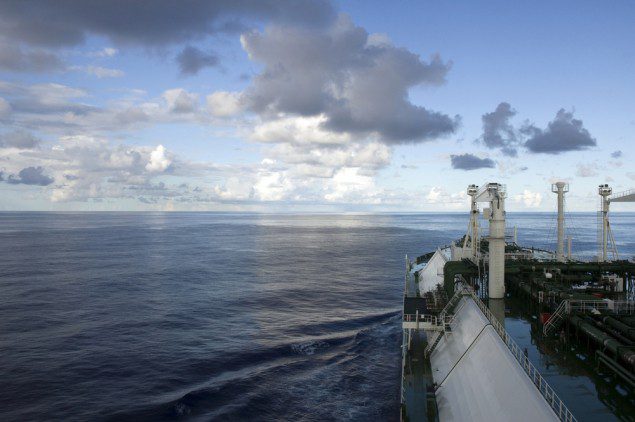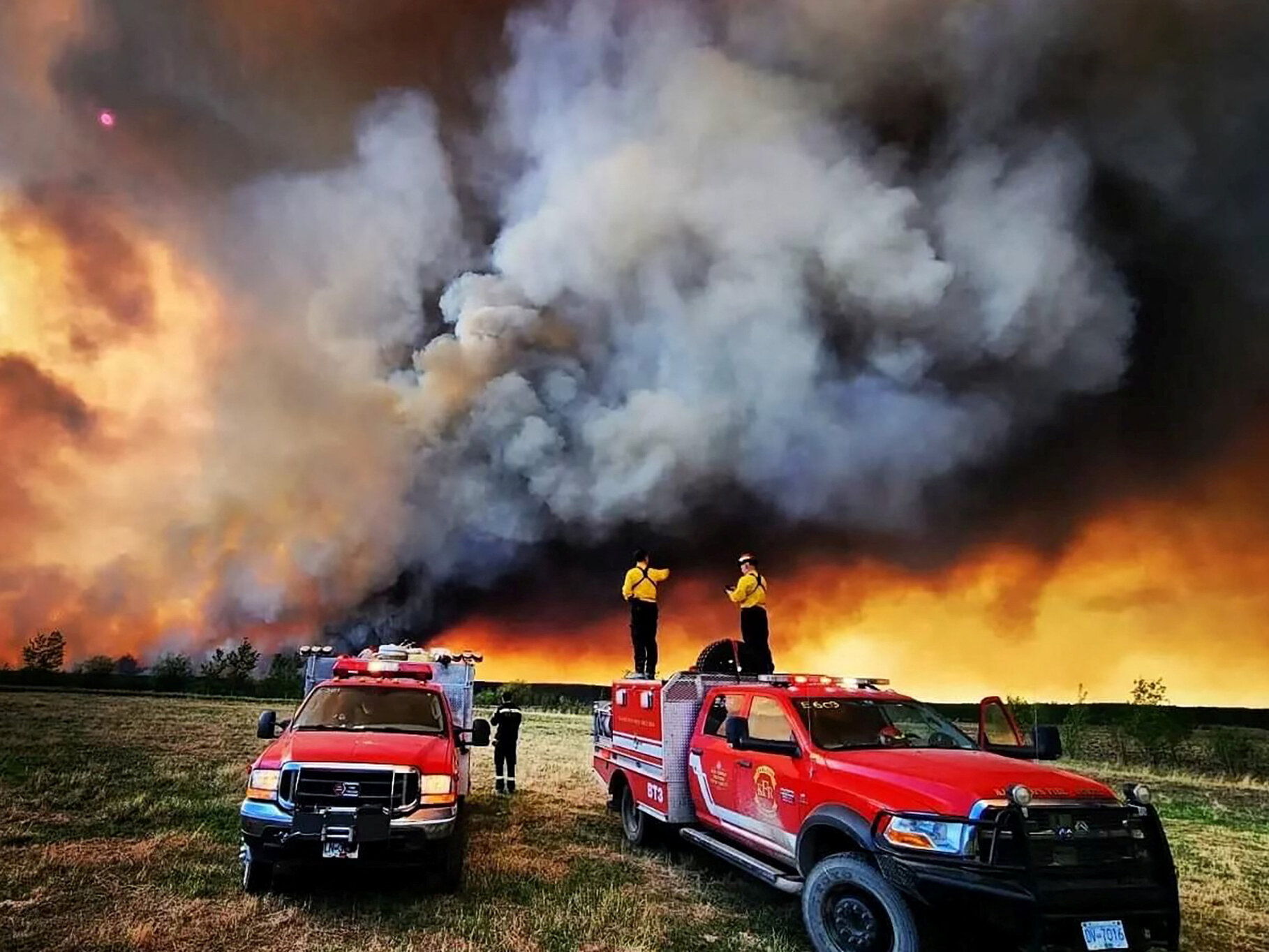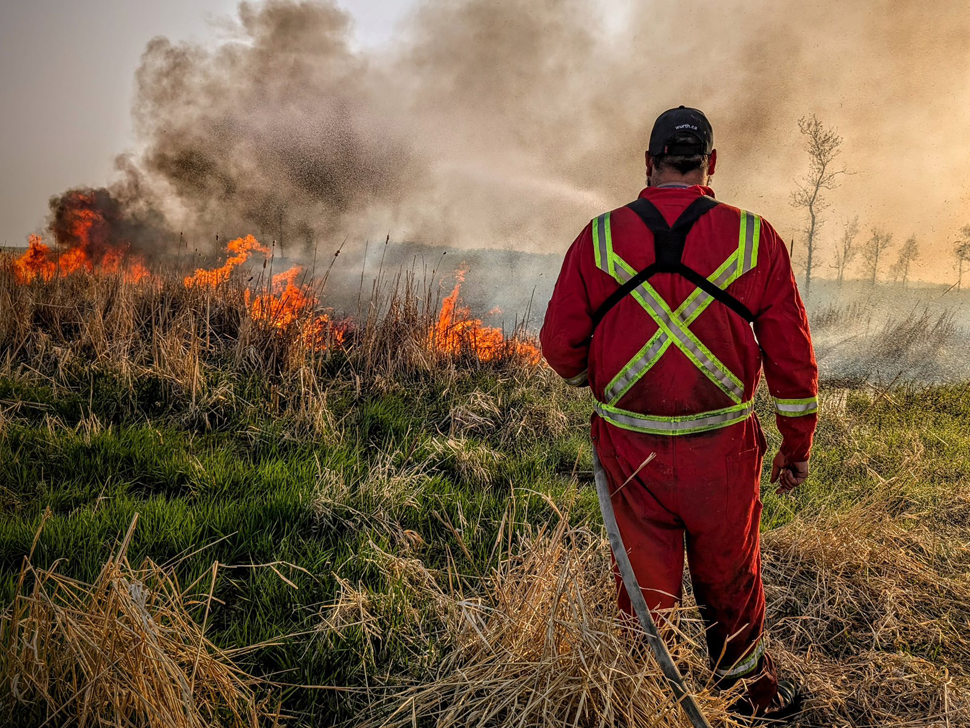British Columbia's LNG Sector: Assessing The Progress Of Key Projects

Table of Contents
H2: Key LNG Projects in British Columbia
British Columbia boasts several significant LNG projects, each at varying stages of development. Let's examine some of the key players:
H3: LNG Canada
- Project Status: LNG Canada, located in Kitimat, is a major milestone for BC's LNG ambitions. The project is substantially complete, with significant progress made on construction and infrastructure development. It has secured substantial financing and received all necessary environmental approvals.
- Economic Impacts: LNG Canada is projected to create thousands of direct and indirect jobs, providing significant economic benefits for local communities and Indigenous groups through employment opportunities, contracts, and investments.
- Challenges: The project faced considerable challenges, including navigating complex regulatory processes and managing supply chain disruptions. Cost overruns were also reported, although these are typical for projects of this scale and complexity.
- Key Statistics: The facility boasts an anticipated production capacity of approximately 14 million tonnes of LNG per year, making it one of the largest LNG export terminals in North America.
H3: Coastal GasLink Pipeline
- Project Status: The Coastal GasLink pipeline is crucial for supplying natural gas to LNG Canada and other potential future LNG projects in BC. While facing significant controversy and delays, the pipeline is largely complete.
- Controversies and Public Concerns: The project faced strong opposition from some Indigenous communities and environmental groups due to concerns about environmental impacts and the disruption of traditional territories. These concerns highlight the importance of meaningful Indigenous consultation and reconciliation in resource development.
- Role in LNG Exports: This pipeline's completion is critical for the successful operation of LNG Canada and the realization of BC's LNG export ambitions. It provides the necessary infrastructure to transport natural gas from the northeast to the coast for liquefaction and export.
H3: Woodfibre LNG
- Project Status: Woodfibre LNG, situated near Squamish, is another significant project in the BC LNG landscape. This project has achieved considerable progress, securing financing and environmental approvals. Construction is underway, aiming for a faster timeline than some other large projects.
- Project Approach: Compared to LNG Canada, Woodfibre LNG employs a smaller-scale, modular construction approach, aiming for quicker project delivery and reduced costs. This innovative approach represents a notable difference in strategies within the BC LNG sector.
- Comparison to Other Projects: Woodfibre LNG's focus on speed and efficiency provides a valuable comparison point to larger, more complex LNG projects, highlighting different approaches to development within the same sector.
H2: Challenges and Opportunities for British Columbia's LNG Sector
The development of BC's LNG sector presents both significant opportunities and notable challenges.
H3: Environmental Concerns and Mitigation Strategies
- Environmental Impact Assessments: Rigorous environmental impact assessments are crucial, addressing concerns about greenhouse gas emissions, potential impacts on aquatic ecosystems, and land use changes.
- Greenhouse Gas Emissions: The sector is working on strategies to minimize emissions, including exploring carbon capture and storage technologies. Balancing economic development with environmental protection is paramount.
- Indigenous Engagement: Meaningful engagement with Indigenous communities is essential, focusing on free, prior, and informed consent. This ensures that projects respect traditional territories and address concerns about potential impacts.
H3: Economic Impact and Regional Development
- Job Creation: LNG projects promise significant job creation, not only in construction but also in operation and related industries. This potential for employment drives significant economic benefits for BC.
- Investment Attraction: The sector attracts substantial foreign investment, boosting the provincial GDP and fostering economic diversification.
- Risks of Delays: Delays or cancellations of projects could significantly impact the provincial economy, highlighting the risks associated with large-scale resource development.
H3: Global Market Dynamics and Competition
- Global LNG Demand: Global demand for LNG is expected to grow, creating a market opportunity for BC. However, this growth is subject to fluctuations based on global energy prices and geopolitical factors.
- Competition: BC faces competition from other LNG exporting nations, requiring a competitive pricing strategy and focus on efficient production.
- Alternative Energy Sources: The rise of renewable energy sources poses a potential long-term challenge to LNG demand, underscoring the need for sustained market analysis and adaptation.
H2: Government Policies and Regulatory Framework
Government policies and regulations play a crucial role in shaping the success of the BC LNG sector.
H3: Provincial Government Support and Initiatives
- Policy Support: The BC government has implemented various policies to support LNG development, including streamlining regulatory processes and providing incentives for investment.
- Regulatory Bodies: Regulatory bodies, such as the BC Oil and Gas Commission, oversee the sector, ensuring environmental compliance and safety standards.
H3: Indigenous Consultation and Reconciliation
- Importance of Consultation: Free, prior, and informed consent is paramount, requiring meaningful and respectful engagement with Indigenous communities throughout the project lifecycle.
- Progress and Challenges: While significant progress has been made, challenges remain in fully achieving genuine reconciliation and ensuring the rights and interests of Indigenous communities are respected.
3. Conclusion
The progress of key LNG projects in British Columbia reflects both the significant potential and inherent challenges of this sector. While projects like LNG Canada are nearing completion, delivering substantial economic benefits, other initiatives face ongoing hurdles, highlighting the complexity of navigating environmental concerns, Indigenous rights, and global market dynamics. British Columbia's LNG sector remains a crucial component of the province's economic future. Its success depends on responsible development practices, sustainable strategies, and genuine collaboration with Indigenous communities. To stay updated on the developments in British Columbia's LNG sector, continue your research using the links provided [Insert relevant links here]. Stay informed about the future of British Columbia's LNG sector and its role in shaping the province's energy future.

Featured Posts
-
 San Diego International Airport Flight Delays What You Need To Know
May 30, 2025
San Diego International Airport Flight Delays What You Need To Know
May 30, 2025 -
 Pinar Deniz Ve Kaan Yildirim Ogullari Fikret Hakan I Sosyal Medyada Paylasti
May 30, 2025
Pinar Deniz Ve Kaan Yildirim Ogullari Fikret Hakan I Sosyal Medyada Paylasti
May 30, 2025 -
 The Enduring Appeal Of Dara O Briain Why His Voice Of Reason Resonates
May 30, 2025
The Enduring Appeal Of Dara O Briain Why His Voice Of Reason Resonates
May 30, 2025 -
 Bruno Fernandes To Al Hilal Transfer Talks Confirmed
May 30, 2025
Bruno Fernandes To Al Hilal Transfer Talks Confirmed
May 30, 2025 -
 Report Apple To Overhaul Its Operating System Names
May 30, 2025
Report Apple To Overhaul Its Operating System Names
May 30, 2025
Latest Posts
-
 Health Impacts Of Canadian Wildfire Smoke On Minnesota
May 31, 2025
Health Impacts Of Canadian Wildfire Smoke On Minnesota
May 31, 2025 -
 Dangerous Air Quality In Minnesota Due To Canadian Wildfires
May 31, 2025
Dangerous Air Quality In Minnesota Due To Canadian Wildfires
May 31, 2025 -
 Canadian Wildfires Cause Dangerous Air In Minnesota
May 31, 2025
Canadian Wildfires Cause Dangerous Air In Minnesota
May 31, 2025 -
 Eastern Manitoba Wildfires Rage Crews Struggle For Control
May 31, 2025
Eastern Manitoba Wildfires Rage Crews Struggle For Control
May 31, 2025 -
 Homes Lost Lives Disrupted The Newfoundland Wildfire Crisis
May 31, 2025
Homes Lost Lives Disrupted The Newfoundland Wildfire Crisis
May 31, 2025
